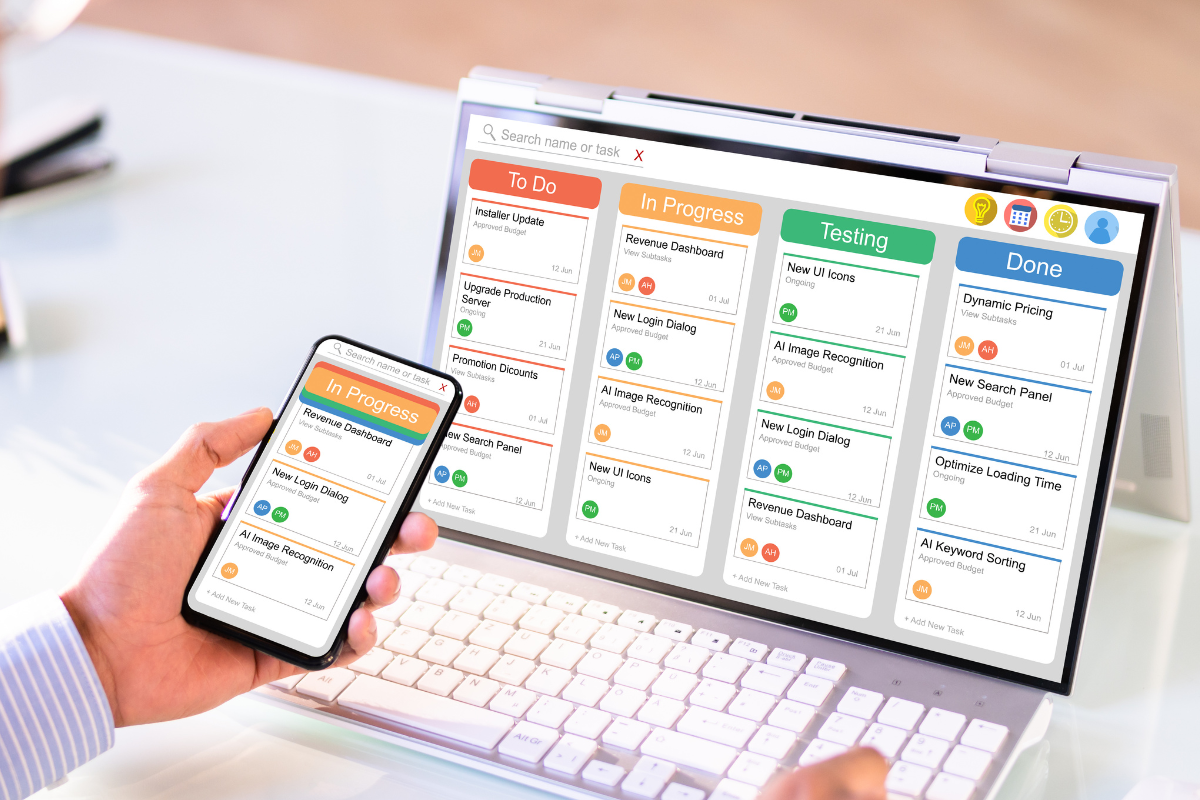If you’ve ever bought from a brand because of how they made you feel instead of what they were selling, then you already understand the power of storytelling in business.
Brand storytelling isn’t just about stringing together a few nice sentences. It’s about crafting a clear, compelling narrative that makes people care, and act.
So how do you do that without sounding fake, scattered, or salesy? Let’s break it down with some simple, practical do’s and don’ts to guide you in telling a brand story that actually works.
1. DO: Know Your “Why”
Before you post, pitch, or publish, pause.
Why does your business exist (beyond just making money)? Who are you here to help? What change do you want to create in their lives?
Example: Instead of saying, “We sell skincare products,” try, “We help women feel confident in their natural skin without covering it up.”
That’s a story. And it’s something people can connect with.
DON’T: Wing It.
If your story is all over the place, your audience won’t know what you stand for. And if they can’t figure that out, they won’t stick around.
2. DO: Keep It Real
Authenticity is your storytelling superpower. Share real moments. Real challenges. Real wins. Your audience isn’t looking for perfection, they’re looking for truth they can relate to.
Example: “When I started this business, I had \$100, no clients, and a toddler on my lap.” That’s being human. It builds trust.
DON’T: Pretend to be Something you’re Not.
People can spot fluff from a mile away. If you try to sound too polished, too corporate, or too perfect, you’ll lose connection.
3. DO: Make Your Audience the Hero
Here’s the secret most people miss: your brand is not the hero, your customer is.
Your role? Be the guide. Help them win.
Example: Think about your favorite brand stories. Odds are, they focus on how you (the customer) can overcome a challenge, with the brand’s help.
DON’T: Enter the Whole Story around Yourself.
If every sentence starts with “I” or “we,” your audience will tune out. Shift the spotlight. Make them feel seen.

4. DO: Create Consistency Across Platforms
Your website, social media, emails, and even how you talk in person should all sound the same.
Consistency builds recognition and trust. It tells people: “This is what we’re about. Every time. Everywhere.” Choose 2–3 core brand values and make sure they show up in everything you say and do.
DON’T: Change your Voice Depending On the Platform.
If you sound friendly on Instagram but robotic on your website, you’ll confuse your audience. Confusion = disconnection.
5. DO: Use Emotion and Visuals
Facts tell. Stories Sell.
Tap into emotions. Use visuals, videos, and metaphors to make your message stick. The more senses you engage, the deeper the connection.
Example: Instead of “Our meal plans are nutritious,” say “Our meals feel like home on a busy Monday night.”
DON’T: Rely on Dry Features or Boring Descriptions.
A list of services is not a story. Show us how your offer changes lives, even in small ways.
6. DO: Invite People Into the Journey
Great stories evolve. Share your journey as it unfolds. Show your audience that they’re part of something bigger. Talk about growth, lessons learned, behind-the-scenes moments, and customer transformations. Let people see what’s happening now, not just what happened before.
DON’T: Treat Storytelling like a One-Time Event.
Your story isn’t a single “About Us” page. It’s alive. Keep telling it, chapter by chapter.
7. DO: Tailor Your Story to Your Ideal Audience
Not everyone is your people, and that’s okay.
Speak directly to your ideal clients, the ones who get you. The more specific you are, the more your story will hit home for the right folks.
Example: “We help busy moms reclaim their time through simple, family-friendly systems.” That’s clear. That’s targeted.
DON’T: Try to Please Everyone.
If your story tries to speak to “everyone,” it ends up resonating with no one. Get niche, get focused.
8. DO: End With a Purpose
A strong story has direction. What do you want people to do next, sign up, follow, book a call, share? Make it easy for them to take that next step.
Every story should have a clear takeaway or call-to-action. Don’t leave your reader hanging.
DON’T: Tell a Great Story and Forget to Guide your Audience.
Inspiration is great, but action is better.
You don’t need to be a professional writer to tell a great story. You just need to be honest, clear, and committed to making your audience feel something.
So start today. Share a piece of your journey. Invite your audience into it. And let your story do the heavy lifting.







